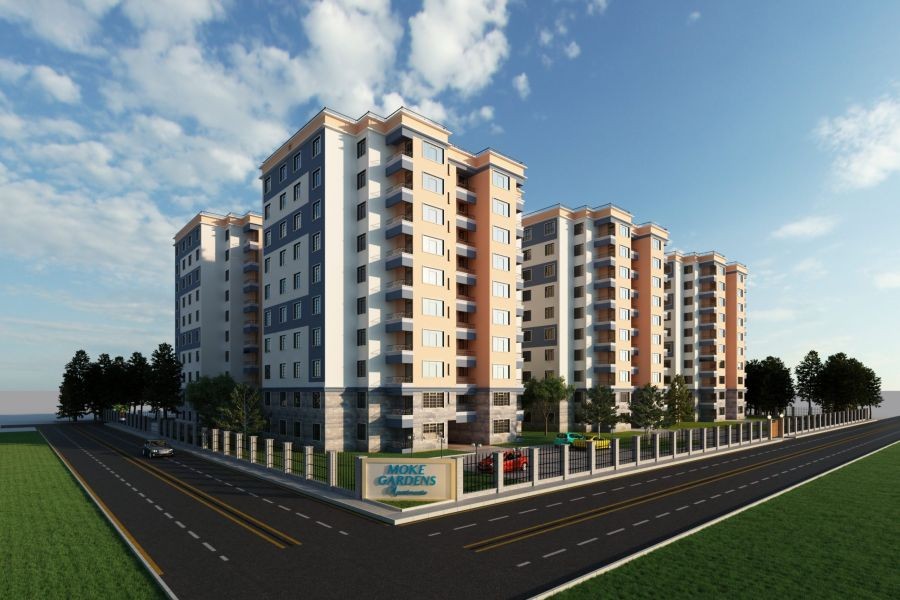Introduction
Imagine a young Kiwi couple, Sarah and John, both working professionals, who dream of owning a piece of New Zealand's picturesque landscape. However, their dream remains elusive as property prices continue to soar. Affordable housing in New Zealand is not just an economic issue; it's a social one, affecting the lives of everyday Kiwis. With the Reserve Bank of New Zealand reporting a 27% rise in property prices over recent years, the question arises: is affordable housing a pipe dream or a future possibility?
Affordable housing is a critical topic in New Zealand's current socio-economic climate. As urban centers like Auckland and Wellington expand, demand for affordable homes has outstripped supply, leading to a housing crisis that impacts not only low-income families but also middle-class New Zealanders. This article explores the potential pathways to affordable housing, debunking common myths and providing a comprehensive analysis of current trends and future predictions.
How It Works: A Deep Dive into New Zealand's Housing Dynamics
Understanding the Housing Crisis
The housing crisis in New Zealand is multifaceted. The Reserve Bank's data shows that housing affordability has been declining, with the median house price now over seven times the annual household income. This gap is exacerbated by limited land availability, restrictive zoning laws, and a lack of investment in affordable housing projects.
Moreover, the Ministry of Business, Innovation and Employment (MBIE) highlights that the construction sector is grappling with skills shortages and rising material costs, further impeding the development of affordable housing. The combination of these factors creates a perfect storm that makes it challenging for the average New Zealander to own a home.
Government Policies and Their Impact
New Zealand's government has introduced several policies aimed at addressing the housing crisis. The KiwiBuild program, for instance, was launched with the goal of constructing 100,000 affordable homes over a decade. However, the program has faced criticism for not meeting its targets, with only a fraction of the planned homes completed.
Additionally, the Reserve Bank's loan-to-value (LVR) restrictions, designed to curb speculative buying, have been a double-edged sword. While they have cooled investor demand, they have also made it harder for first-time buyers like Sarah and John to secure mortgages.
Case Study: The Success of Affordable Housing Initiatives in Other Countries
Case Study: Singapore's Public Housing Model
Singapore's approach to affordable housing offers valuable insights for New Zealand. The Housing and Development Board (HDB) in Singapore has successfully provided accessible housing to over 80% of its population through a mix of government subsidies, efficient land use, and innovative financing.
Problem: In the 1960s, Singapore faced a severe housing shortage similar to New Zealand's current crisis. The government recognized the need for a comprehensive housing strategy to accommodate its rapidly growing population.
Action: Singapore's government implemented a robust public housing policy, focusing on mass construction, affordability, and community development. The HDB was tasked with building high-density residential units, offering financial grants, and ensuring resale value through a regulated market.
Result: Today, over 80% of Singaporeans live in HDB flats, and the country boasts one of the highest homeownership rates globally. The model has been praised for its efficiency and sustainability, providing a blueprint for New Zealand's policymakers.
Takeaway: New Zealand can learn from Singapore by streamlining its housing policies, investing in public housing projects, and fostering a collaborative approach between the government and private sector. The focus should be on sustainable development and effective use of land resources.
Common Myths & Mistakes
Debunking Myths about Affordable Housing
Myth: "Increasing wages will solve the housing affordability crisis."
Reality: While higher wages help, they are not a panacea. The core issue is the supply-demand imbalance. Policies need to address land use, construction efficiency, and financing models (Source: MBIE).
Myth: "All new housing developments are unaffordable."
Reality: Innovative projects like co-housing and modular homes are emerging as affordable alternatives. These models reduce construction costs and time, offering viable options for first-time buyers (Source: NZ Property Investors’ Federation).
Biggest Mistakes to Avoid
Common Pitfalls in Addressing Housing Affordability
- Ignoring Zoning Reforms: Many local councils neglect zoning reforms that could unlock land for development. Solution: Advocate for flexible zoning laws to enable urban densification (Source: Stats NZ).
- Overlooking Community Involvement: Sustainable housing requires community buy-in and participation. Solution: Engage local communities in planning processes to ensure developments meet their needs.
- Focusing Solely on Urban Areas: Neglecting rural and regional areas can exacerbate urban overcrowding. Solution: Develop regional housing strategies to distribute population growth.
Future Trends & Predictions
What Lies Ahead for Affordable Housing in New Zealand?
The future of affordable housing in New Zealand hinges on policy innovation and strategic investment. According to a report by Stats NZ, there is potential for a 30% increase in affordable housing supply if land use policies are reformed. Additionally, embracing technologies like prefabrication and sustainable materials could drive down construction costs.
Experts predict that by 2030, New Zealand could see a significant shift towards mixed-use developments, integrating residential, commercial, and recreational spaces. This holistic approach not only addresses housing needs but also enhances community well-being.
Conclusion
Affordable housing in New Zealand is a complex challenge that requires multi-faceted solutions. By learning from international examples, implementing smart policies, and engaging communities, New Zealand can make strides towards achieving affordable housing for all. What steps will you take to contribute to this vision?
People Also Ask (FAQ)
- How does affordable housing impact New Zealand's economy?Affordable housing promotes economic stability by reducing living costs, enhancing disposable income, and stimulating local economies.
- What are the biggest misconceptions about affordable housing?A common myth is that affordable housing lowers property values. Research shows it can enhance community value through diversity and increased demand.
- What are the best strategies for implementing affordable housing?Experts recommend zoning reforms, investing in modular homes, and fostering public-private partnerships for sustainable development.
Related Search Queries
- Affordable housing solutions in New Zealand
- Impact of KiwiBuild on the housing market
- Future of housing affordability in New Zealand
- New Zealand housing policies and reforms
- Case studies of successful affordable housing projects



























